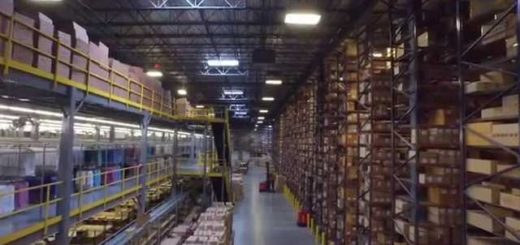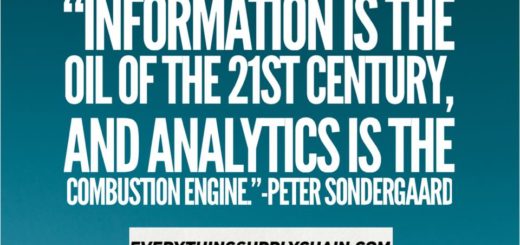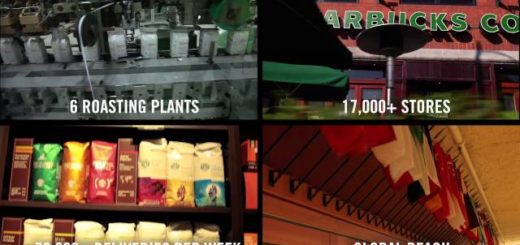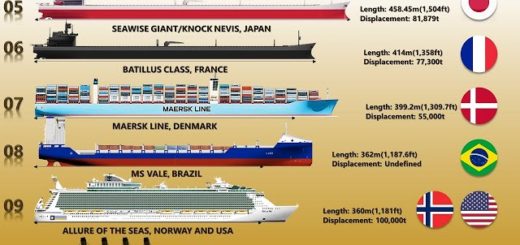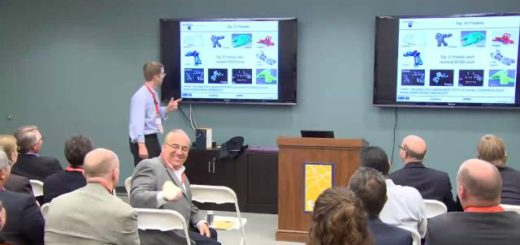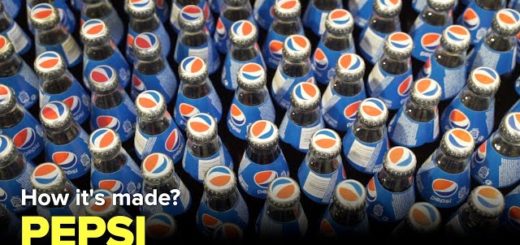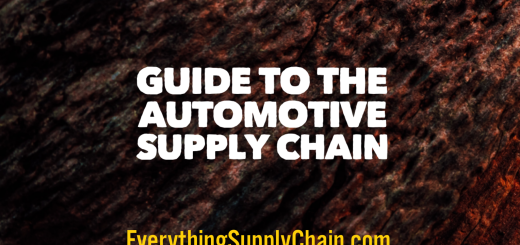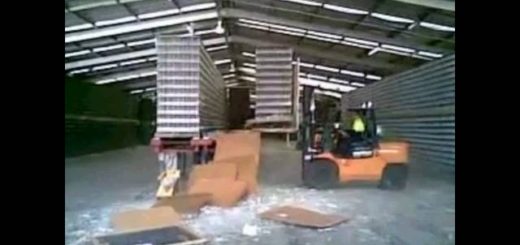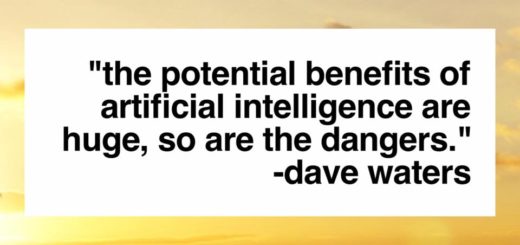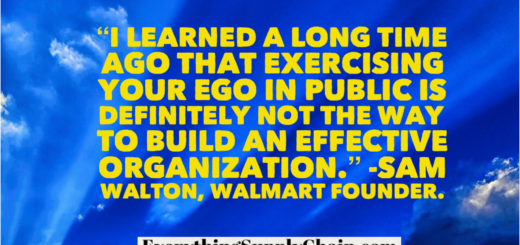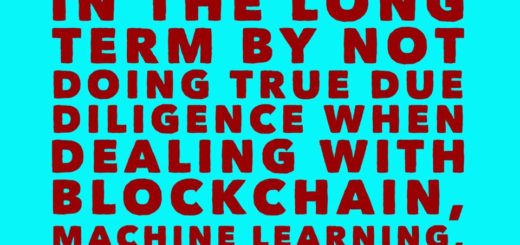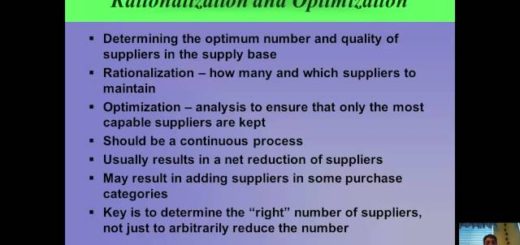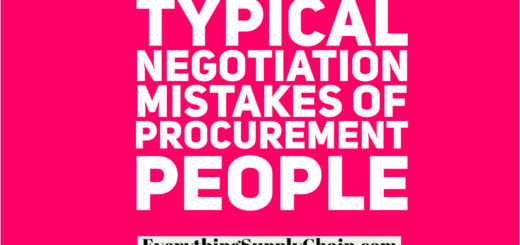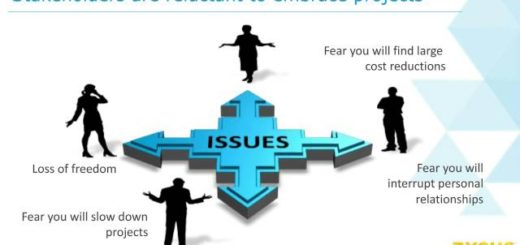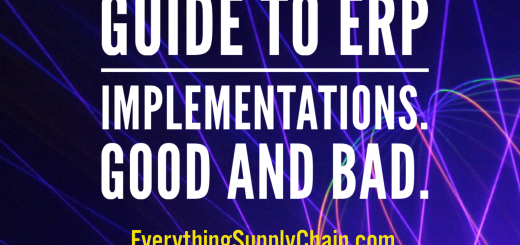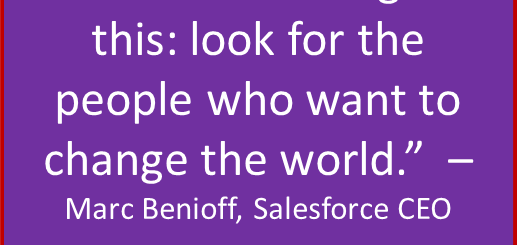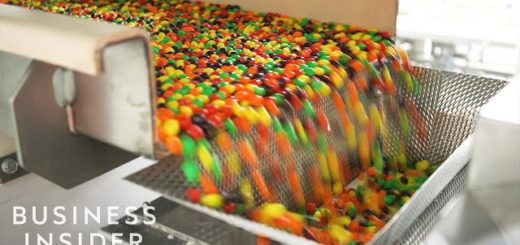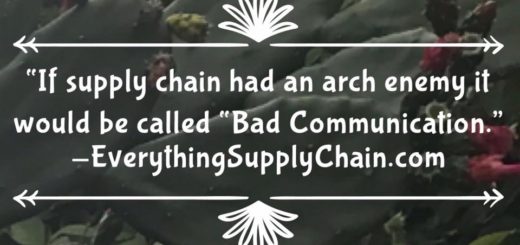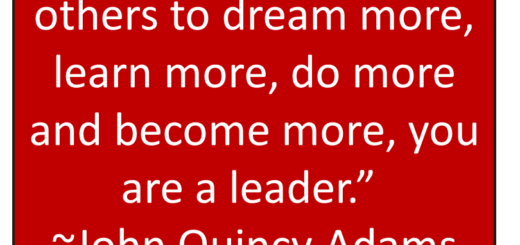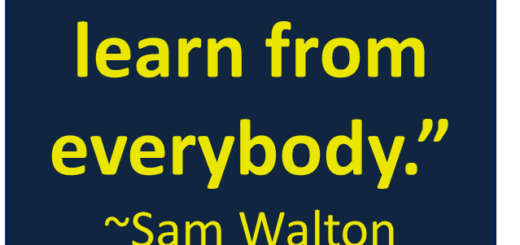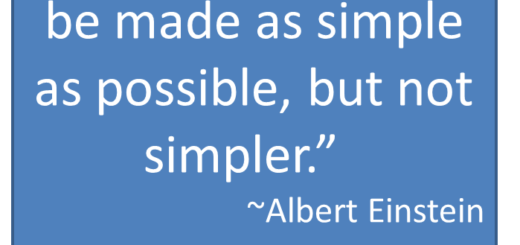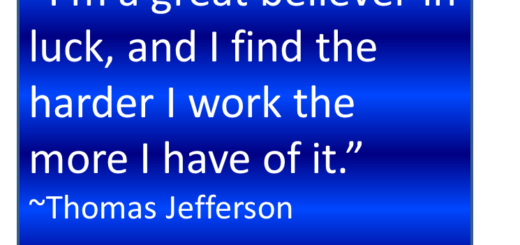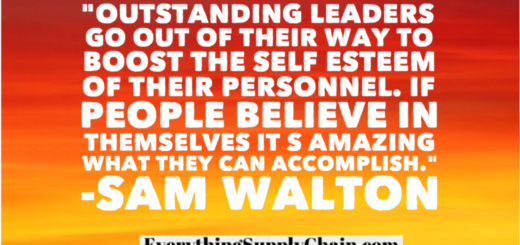How It’s Made – Bubble Gum. 8.7 million views.
How Bubble Gum is made.
Bubble gum is made through a process called chewing gum manufacturing. The process typically involves several steps, including:
- Mixing: The main ingredients of bubble gum are gum base, sweeteners, and flavoring. These ingredients are mixed together in large industrial mixers until they are thoroughly combined.
- Kneading: The mixture is then kneaded, similar to dough, to distribute the ingredients evenly and to make it more pliable. This process is called “gum conditioning.”
- Rolling and cutting: The kneaded mixture is then rolled out and cut into small pieces, which are the shape and size of the final bubble gum product.
- Aging: The bubble gum pieces are then aged, or allowed to sit for a period of time, to improve their texture and chewiness.
- Wrapping: Finally, the bubble gum pieces are wrapped in foil or other packaging materials and are ready for distribution and sale.
Some bubble gum companies use more advanced technology in the production process, this includes the use of advanced machinery, computer control, and automation, that helps to speed up the process and increase the consistency of the final product.
It’s worth to mention that bubble gum is made with a rubber-like product called gum base, which is a key ingredient that gives the gum its stretch and chewiness. There are different types of gum base like natural and synthetic, the most common is synthetic one, that is made from ingredients such as polyisobutylene, a synthetic rubber, and mineral oil.
Blogs on how things are made: Cars, Coke, Legos, Pizza, Tequila…
- Coca-Cola – How Coca Cola Is Made. Great video.
- Costco Pizza – Costco Pizza Making.
- Ferrari – Putting together a Ferrari.
- Glass Bottles – Manufacturing process glass bottles.
- Hot Dogs – How hot dogs are made.
- Ketchup – How Tomato Ketchup Is Made.
- Legos – How Legos are made.
- Orange Juice – How Orange Juice is Made.
- Rope – How rope is made.
- SCM Resources by Topic & Supplier.
- SCM Chain Training & Overview.
- Skittles – How Skittles Are Made.
- Soap Bars – Manufacturing process of soap bars.
- Supply Chain and Strategy Key Concepts.
- Supply Chain Top Companies.
- Tequila – The process of making Tequila.
- Tesla Model S – How the Tesla Model S is Made.
Manufacturing Quotes
- “If you can’t describe what you are doing as a process, you don’t know what you’re doing.” ~W. Edwards Deming
- “If you think of standardization as the best that you know today, but which is to be improved tomorrow; you get somewhere.” ~ Henry Ford, founder Ford Motor Company
- “All we are doing is looking at the time line, from the moment the customer gives us an order to the point when we collect the cash. And we are reducing the time line by reducing the non-value adding wastes.” ~ Taiichi Ohno, father of Toyota Production System (TPS)
- “If anything is certain, it is that change is certain. The world we are planning for today will not exist in this form tomorrow.” ~ Phil Crosby
- “Eighty-five percent of the reasons for failure are deficiencies in the systems and process rather than the employee. The role of management is to change the process rather than badgering individuals to do better.” ~ W. Edwards Deming
- “If we reduce batch sizes by half, we also reduce by half the time it will take to process a batch. That means we reduce queue and wait by half as well. Reduce those by half, and we reduce by about half the total time parts spend in the plant. Reduce the time parts spend in the plant and our total lead time condenses. And with faster turn-around on orders, customers get their orders faster.” ~ Eliyahu Goldratt, author of The Goal

